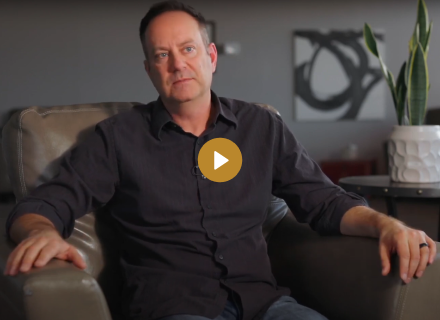By Floyd Godfrey, PhD
In my years of clinical practice, I have encountered numerous children suffering from generalized anxiety disorder (GAD). This condition is surprisingly prevalent, yet often misunderstood. Generalized anxiety in children can manifest in ways that are strikingly similar to symptoms of ADHD or grief, creating challenges for accurate diagnosis and effective treatment.
Educational Strategies
Children with GAD frequently exhibit restlessness, difficulty concentrating, and irritability—symptoms that are also hallmarks of ADHD. In some cases, these children may be misdiagnosed and prescribed stimulant medications, which can exacerbate anxiety symptoms. It is crucial for clinicians to thoroughly assess the child’s history and current life circumstances. Standardized questionnaires and structured interviews can be valuable tools in differentiating between these conditions. For instance, the Generalized Anxiety Disorder 7-item scale (GAD-7) can be instrumental in identifying anxiety-specific symptoms (Spitzer, Kroenke, Williams, & Löwe, 2006).
Additionally, the overlap between GAD and grief is significant. Grieving children may experience intense sadness, social withdrawal, and somatic complaints, which are also common in those with GAD. The key distinction lies in the context of these symptoms. Grief is typically tied to a specific loss, whereas generalized anxiety is more pervasive and not linked to a particular event. Clinicians should explore the child's emotional landscape through empathetic dialogue and validate their experiences to uncover underlying anxiety or grief.
The Role of Therapeutic Intervention
Effective therapeutic intervention is paramount in managing childhood GAD. Cognitive-behavioral therapy (CBT) has proven to be highly effective. In my practice, I have seen children benefit immensely from CBT techniques that help them recognize and reframe anxious thoughts. Teaching children relaxation techniques, such as deep breathing and progressive muscle relaxation, empowers them to manage physical symptoms of anxiety.
Parent involvement in therapy is equally critical. Educating parents about anxiety and equipping them with strategies to support their children at home can make a significant difference. Family therapy sessions can foster better communication and help parents understand the importance of providing a stable and supportive environment.
Encouragement and Hope for Recovery
Navigating the complexities of childhood GAD, ADHD, and grief requires a nuanced approach. As a clinician, I have witnessed the resilience of children and the profound impact of targeted interventions. It is essential to foster an environment of trust and understanding, encouraging children to express their feelings and fears openly.
In summary, while generalized anxiety in children often mimics ADHD and grief, careful assessment and tailored therapeutic strategies can lead to effective management and recovery. By focusing on comprehensive evaluation and compassionate intervention, we can help these children lead healthier, more fulfilling lives.
Floyd Godfrey, PhD is a Certified Mental Health Coach and has been guiding clients since 2000. He currently speaks and provides consulting and mental health coaching across the globe. To learn more about Floyd Godfrey, PhD and his services please visit his website: www.FloydGodfrey.com.
References
Spitzer, R. L., Kroenke, K., Williams, J. B., & Löwe, B. (2006). A brief measure for assessing generalized anxiety disorder: The GAD-7. Archives of Internal Medicine, 166(10), 1092-1097.



